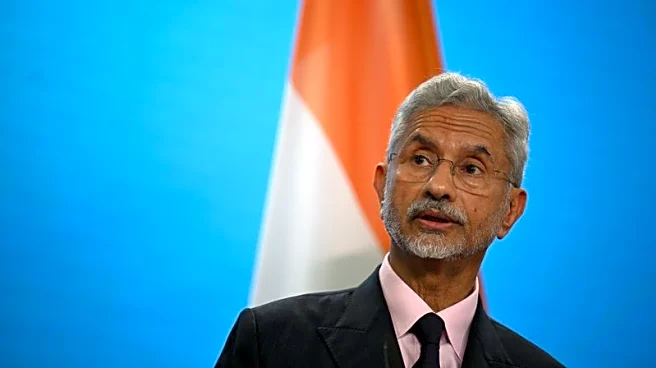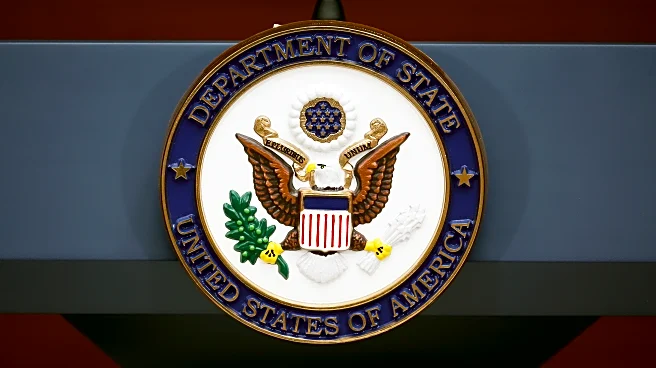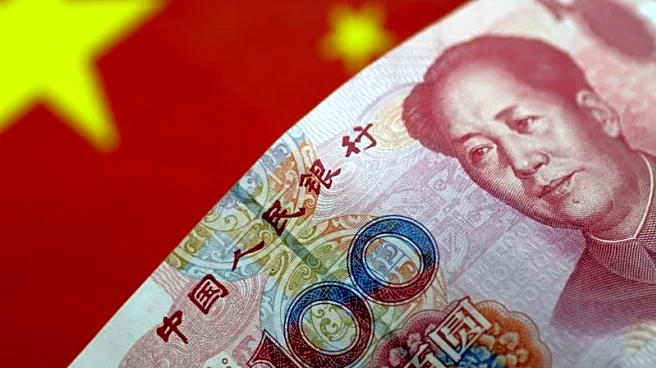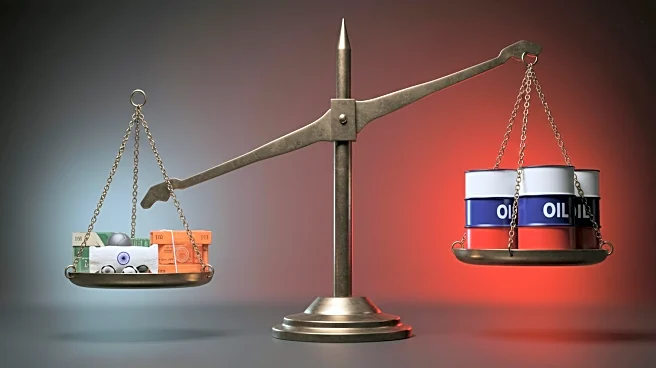What's Happening?
Indian Prime Minister Narendra Modi has announced a significant tax reform aimed at mitigating the effects of recent US tariffs on Indian exports. In a speech on August 15, Modi introduced changes to the Goods and Services Tax (GST), marking the most substantial revision in a decade. This move is intended to stimulate the economy and demonstrate resilience in the face of tariffs imposed by the administration of President Trump, which have reached up to 50% on certain Indian goods. The tariffs have affected various sectors, including garment and furniture exports, prompting the Indian government to take action to support businesses and consumers.
Why It's Important?
The tax overhaul is crucial for India's economic stability, as it seeks to cushion the blow from the US tariffs. By reducing the tax burden, the Indian government aims to boost consumer spending and support businesses struggling with increased export costs. This initiative could strengthen domestic economic activity and enhance India's position in global trade. The move also reflects India's strategic response to shifting international trade dynamics, potentially influencing future trade negotiations and economic policies. Stakeholders in both countries, including exporters and policymakers, will be closely monitoring the outcomes of these reforms.
What's Next?
The implementation of the new GST reforms will be closely watched to assess their effectiveness in stimulating the Indian economy. Businesses and consumers are expected to respond to the reduced tax rates, potentially leading to increased economic activity. Additionally, the Indian government may engage in further diplomatic discussions with the US to address trade tensions and explore opportunities for collaboration. The success of these reforms could set a precedent for other countries facing similar trade challenges.













